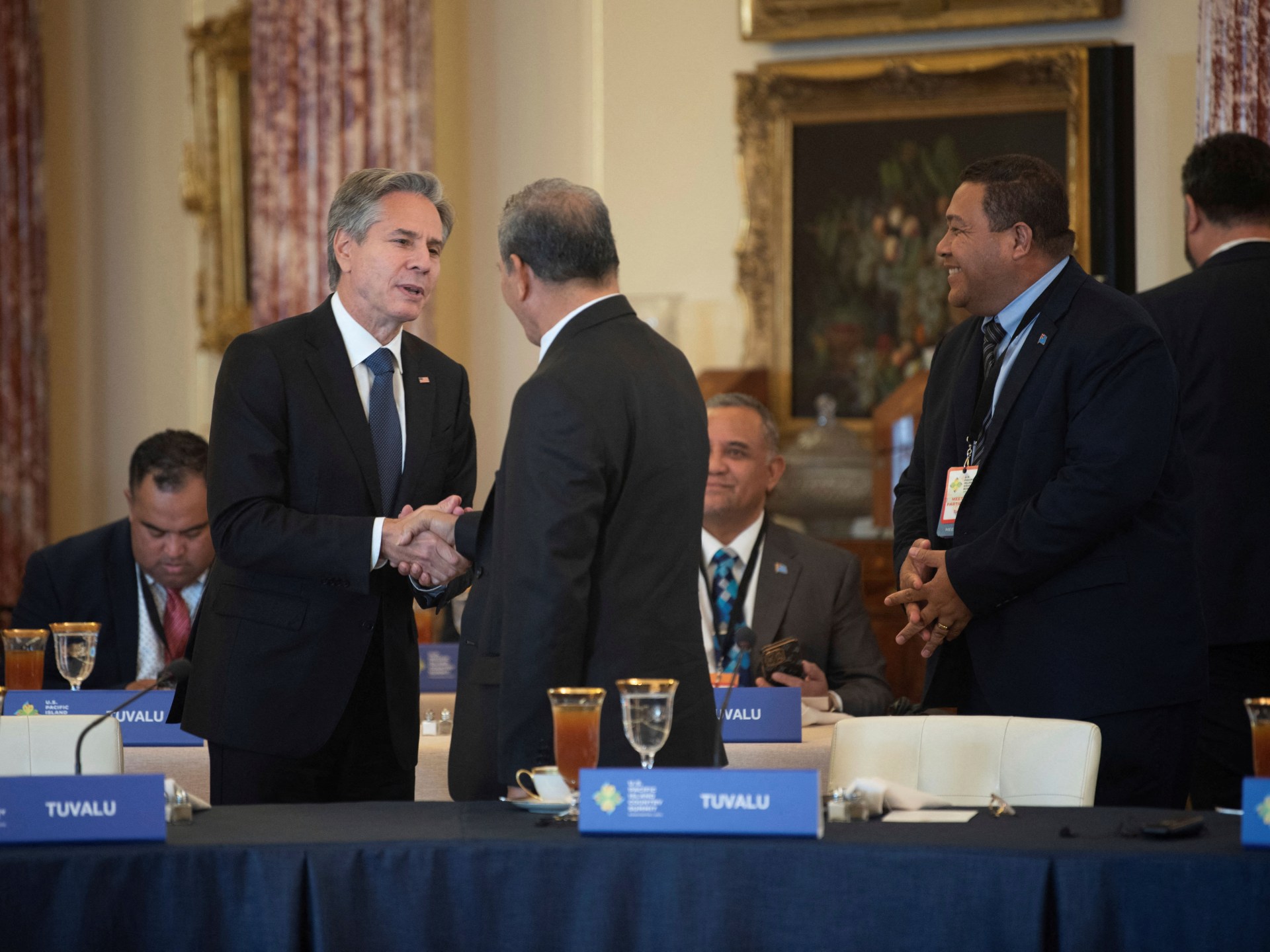There isn’t a vaccine for the Earth we have damaged and disrupted
OPINION
With so much attention devoted to the Covid-19 pandemic and vaccination programmes, it’s easy to lose sight of the environmental issues that plague all species who inhabit this fragile planet. In our ever-hurried and harried lives, protecting the environment often becomes an afterthought.
World Environment Day, 5 June, is an opportune moment to reflect on the importance of the environment in our lives. The theme for 2021 is ecosystem restoration and will see the launch of the United Nations’ Decade on Ecosystem Restoration. It’s crucial that we look at where we are, how we got here and how we might adopt sustainable living practices and lifestyles that can restore that which has been despoiled and broken and prevent further damage and destruction of the Earth.
We share the Earth with non-human species that contribute to making it a living planet that can sustain human and other biological life. We live in a system of interconnectedness with, and interdependence on, other species and the natural world. We can view our existence on Earth as a socioecological interaction between ourselves and the natural or physical world. We speak of the natural world and the human-made or social world that interact and produce what we call the environment. In other words, we can speak of a socioecological setting on Earth. Unfortunately the human-nature interaction scale has tipped strongly in favour of humans with more negative than positive consequences for the planet.
In terms of our knowledge, it is accepted that Earth is the only planet in our solar system capable of sustaining biological life as we know it. The Earth’s life-sustaining ability is a result of the conditions created by the composition of its air, the availability of water, its temperature and interactions between the living organisms and nonliving structures and processes that make up the planet. Biologists agree that the habitable part of the Earth, the biosphere, forms a thin layer on the surface of the planet in which many species fulfill their unique roles and interact with their physical surroundings to maintain life. Interactions between the diversity of living organisms (biodiversity) in conjunction with the physical environment maintain our atmosphere, keep the soil fertile, cleanse our water and ensures that the soil supplies all the natural resources to support and maintain the diversity of life.
For these interactions to take place, we need functioning ecosystems. Even within ecosystems there are numerous interactions that support and sustain life. Simple examples of ecosystems include ponds with plants and various animals, trees which offer refuge to birds, insects and other animals, rock pools in the sea (fish, plants, sea lice), dunes (plants, snakes, moles, sand and water) and many more.
Ecosystems are crucial because they provide food, clean fresh water, and resources such as wood, minerals, fuels and other materials. They assist with processes such as temperature regulation in the oceans, climate regulation, mitigation of floods, and energy transfer between species, the water and oxygen cycles, as well as other nutrient cycles. They also provide aesthetic beauty, spiritual experiences, educational and recreational opportunities and services.
Ecosystems are key for us and the environment. But their functioning has been disrupted and damaged, threatening the provision of ecosystem services and thus the very existence of our planet. A major contributing factor has been our way of life since the end of World War II, a period termed the Anthropocene. After the war, we focused on rebuilding broken economies and damaged infrastructure and providing comfortable lifestyles for people. The subsequent rampant development and industrialisation had a severe effect on the environment.
We have seen the ravages and potential dangers of climate change and global warming as well as the loss of natural landscapes (biodiversity) caused by over-exploitation of natural resources (some nonrenewable). More recently, reports have filtered through about large chunks of the polar ice caps at the North and South poles that have broken off. This might lead to a dangerous rise in sea levels that threaten the existence of coastal life and island nations. Natural disasters such as hurricanes and tornadoes have increased in frequency because of climate change. Unseasonal rainfall has led to more droughts and floods that threaten food security, particularly in underdeveloped regions of the world. The planet is in a dire condition and taking immense strain daily because of ecosystem disruption and damage.
Restoring our environment will require a turnaround strategy that starts with behavioural and attitude change at individual and local level. We will have to look at our daily practices such as plastic use, recycling in our homes, the products we buy, and our participation in causes that support environmental change in positive ways. We will also have to consider our means of food production, farming and fishing that have caused irreparable damage to ecosystems.
The possible changes that we could make include activities such as growing trees on our properties and in open spaces, supporting initiatives for greening cities, rewilding gardens by introducing indigenous species, changing our diets by shifting to organically-grown food and volunteering for cleaning up our neighbourhoods, rivers and beaches.
One thing is clear: our collective future on this planet depends on healthy, functioning ecosystems. Let’s start today on World Environment Day to restore and protect our environment. We cannot waste any more time because our planet is sick and there is no vaccine for it.





